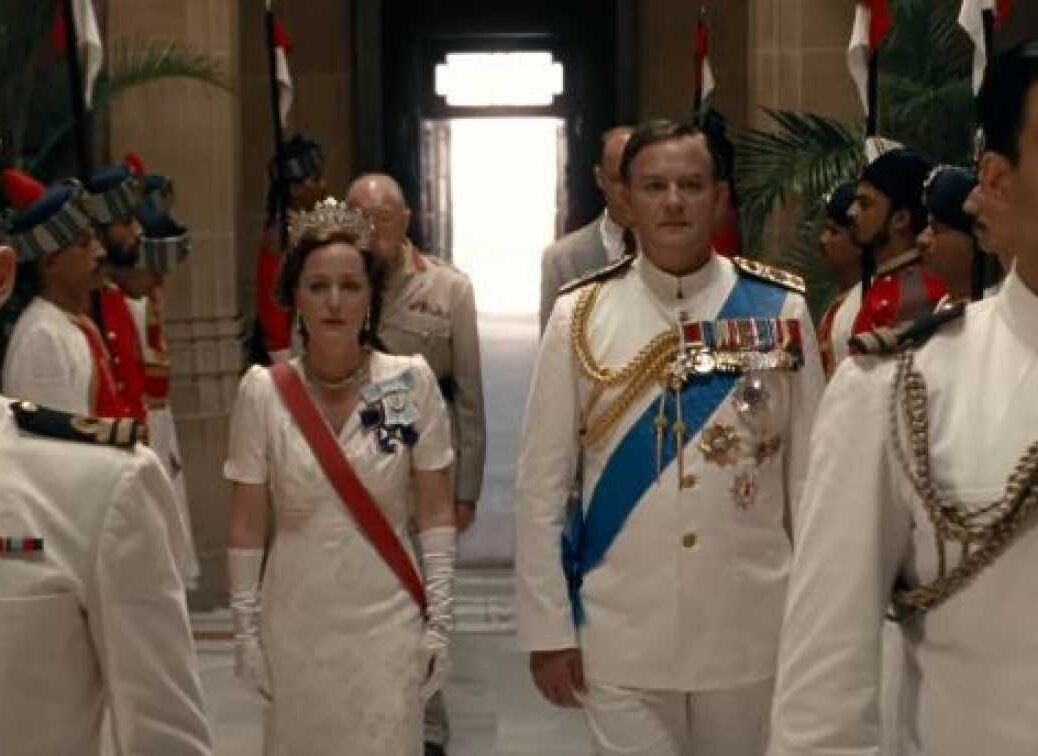
Accessible, enlightening and occasionally clumsy, the latest offering from Bend it Like Beckham director Gurinder Chadha poignantly highlights a little known part of Britain’s colonial past, writes Amelia Curran
Set in 1947, Viceroy’s House recounts the final bloody months of British imperial rule in India, a time in which Lord Mountbatten, in his final act as the last Viceroy, approved the partition of the British Indian Empire into India and Pakistan. For Chadha, this was a particularly important story to tell: her grandparents were among the estimated 14 million people made refugees as a result of partition, a fact she discovered on BBC’s ‘Who Do You Think You Are?’. Through Viceroy’s House, Chadha dispels the widely accepted belief that partition was solely the result of overwhelming and irreconcilable tensions between Sikhs, Hindus and Muslims; in essence, to re-write the history propounded by the British.
The film follows both the British political leaders and 500 Indian servants inhabiting the Viceroy’s House. United under the roof of the sumptuous Umaid Bahwan Palace in Jodhpur, the stark disparity between the wealth and complacency of the upstairs’ inhabitants and the comparative poverty below is achingly apparent. Lord Mountbatten, played with characteristic ruddy-faced earnestness by Hugh Bonneville, assumes the position of the last Viceroy with the sole intention of ‘giving [the] nation back to its people.’
On arrival in India however, Mountbatten is met with what he perceives to be a nation ravaged by religious unrest and, under pressure from his advisers, instigates the partition. While Bonneville remains resolutely likeable throughout, and does a fine job playing an unwitting pawn in a greater political game, at times his performance lacks the conviction necessary to elicit an emotional tug. His wife, Lady Mountbatten, is deftly played by the effortlessly elegant Gillian Anderson, who is riding a wave of newfound popularity following her stellar turn in BBC crime drama The Fall. Fans of that programme may find Anderson’s character a little less nuanced here, however she does a fine job at playing the philanthropic Lady of the House, and manages to garner some feeling from an occasionally clunky script.
Meanwhile, ‘downstairs’, we are introduced to the world of the Sikh, Hindu and Muslim servants whose lives are on the brink of unimaginable upheaval. We witness the mounting tension between staff members, conveyed through slightly stilted arguments and scuffles, and the central secret relationship between a Hindu boy (Manish Dayal) and Muslim girl (Huma Qureshi) torn between love and familial loyalty. Though their story is arguably somewhat far-fetched, both actors deliver endearing performances that pluck at the requisite heart strings, and they manage to effectively portray the human faces that fall foul of the realpolitik machinations of the British Government.
Whilst no historical ‘epic’ can avoid being occasionally reductive, Viceroy’s House certainly succeeds in relating the relatively untold (in Britain, anyway) history of partition and Indian independence in an engaging, accessible manner. Against the lush backdrop of India the set never fails to be visually arresting, and AR Rahman’s (Slumdog Millionaire) rousing score proves an atmospheric soundtrack. The disconnect between the British administration and Indian people is suitably infuriating: Mountbatten’s advisers are patronising and out of touch, and even his well-meaning wife is awkward in her eagerness to bridge the divide. Additionally, the film does well to draw attention to certain shocking elements of partition history, such as the fact that Cyril Radcliffe, who drew the partition line, had never even been to India before his appointment to the role.
However, while the desire to bring some warmth and humour to such a harrowing historical chapter is understandable, at times the tone feels somewhat choppy. Famous for lighthearted comedies, Chadha’s transition to period drama isn’t always that smooth. The film opens in a surprisingly lighthearted manner, brightly lit and flecked with humour, but somewhere around the middle the tone abruptly changes and the tale descends into abject horror. While the dramatic nature of the film’s final act no doubt reflects the enormous scale of the tragedy, it is at times presented in such a way that teeters on the edge of melodrama. Furthermore, efforts to demonstrate that ‘we’re all the same really’, such as the likening of a spat between Muslim and Hindu members of staff to a ‘Saturday night out in Glasgow’, feel contrived and, unfortunately, the sweet sentiment falls a little flat.
Although somewhat flawed, Chadha’s efforts in bringing to life this little known part of British colonial rule are commendable, and Viceroy’s House doubtlessly achieves its aim: an indictment of partition and the calculated, self-serving motives of the British ruling classes in India.






